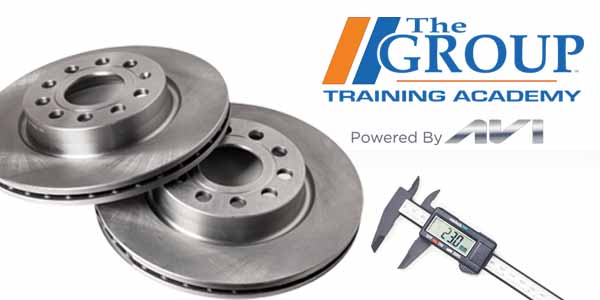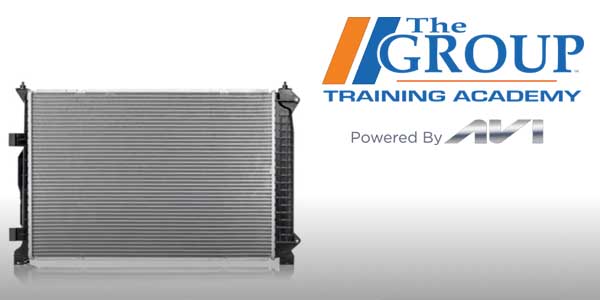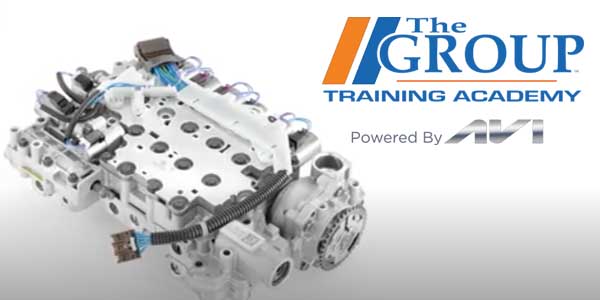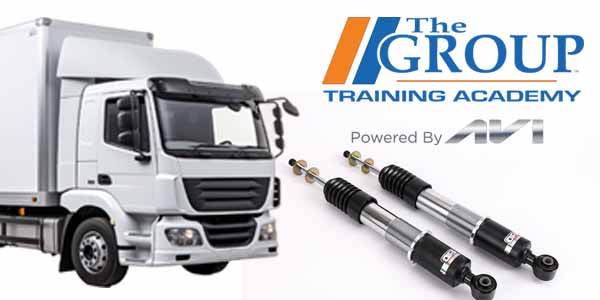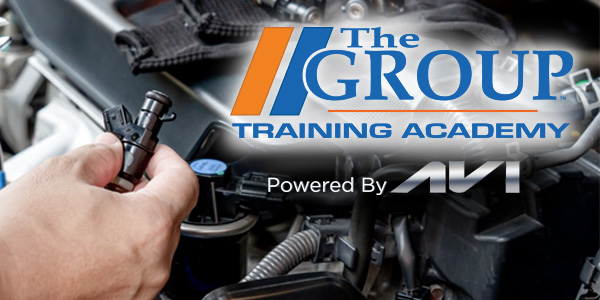Most of us are familiar with the term torque converter, and we associate it with an automatic transmission. But what does the torque converter really do?
When the first automatic transmissions were developed, there had to be a way to transfer power from the engine to the transmission without a clutch. The answer to solve this problem was a fluid coupling.
As the automatic transmission itself evolved, the standard fluid coupling was replaced by the torque convertor. The advantage of a torque convertor is that it has an additional component installed between the impeller and turbine called a stator. The stator redirects the flow of the fluid exiting the turbine in the direction which the impeller is already spinning, which multiplies the torque output of the converter.
This video is sponsored by The Pronto Network.

